Ganesh Chaturthi 2024: 8 Essential Ganpati Puja Samagri Items And Why You Need Them
Ganesh Chaturthi 2024 Date, puja timings, shubh muhurat: According to drikpanchang.com, Ganesha Chaturthi is on Saturday, September 7, 2024. Madhyahna Ganesha Puja Muhurat: 11:03 AM to 01:34 PM. Duration - 02 Hours 31 Mins. Ganesha Visarjan is on Tuesday, September 17, 2024.
)
The much-revered Ganesh Chaturthi festival will be celebrated on September 7. The 10-day-long festivity sees devotees throng Ganpati pandals and temples in huge numbers across the globe. Also known as Vinayak Chaturthi - it is majorly celebrated in Maharashtra where popular Bappa Pandals are decorated on different themes annually. Devotees welcome Lord Ganesha Idols to their abodes, pray to him and seek his blessings before bidding adieu with the promise of returning next year. To please the Ganpati, and make him visit your abode year-on-year, a special puja is performed on Ganesh Chaturthi at home.
But do you know the significance of the Puja Samagri? Check 8 essential items that are used during the Ganpati puja.
(Pic Courtesy: Freepik/Pexels/Wikipedia)
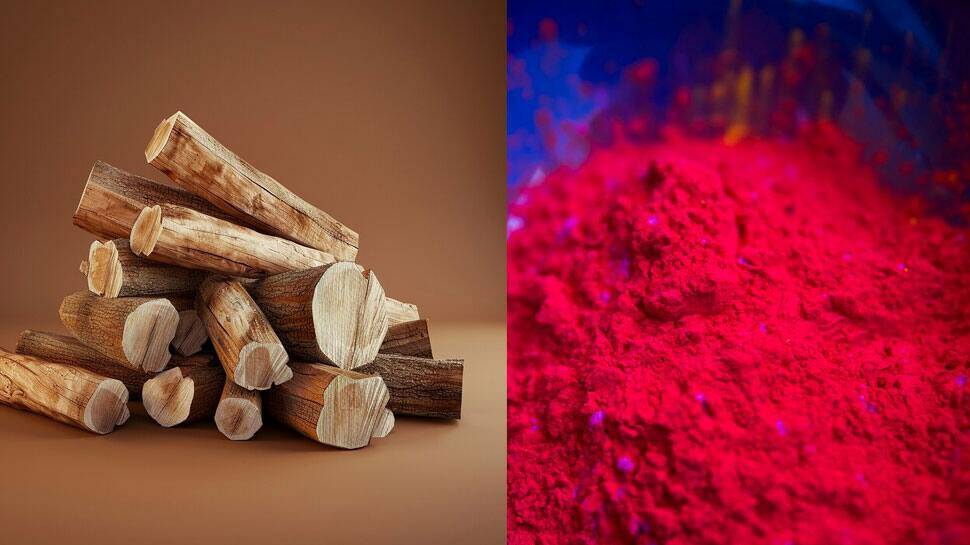
Sindoor or kumkum is used for Ganesh Pujan for purification and protection, enhancing the inner eye. Sandalwood is known for its aroma and cooling effect and is generally applied to the forehead of Ganesha.

Mouli or Kalawa is a cotton red thread which is very sacred. The thread is used as an offering of cloth to the deity. The thread is tied around a Kalash. Mouli is used in almost all Hindu sacred rituals.
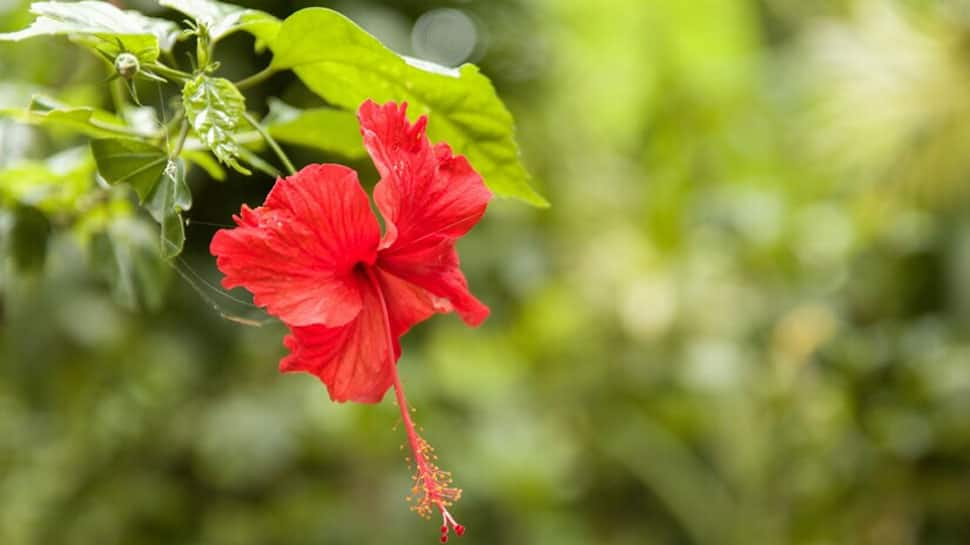
Red Coloured flowers are Lord Ganesha's favourite ones. The red hibiscus is offered to the deity as the flower is radiant and has a pleasant fragrance. Fresh flowers signify beauty, purity, softness and fragrance.
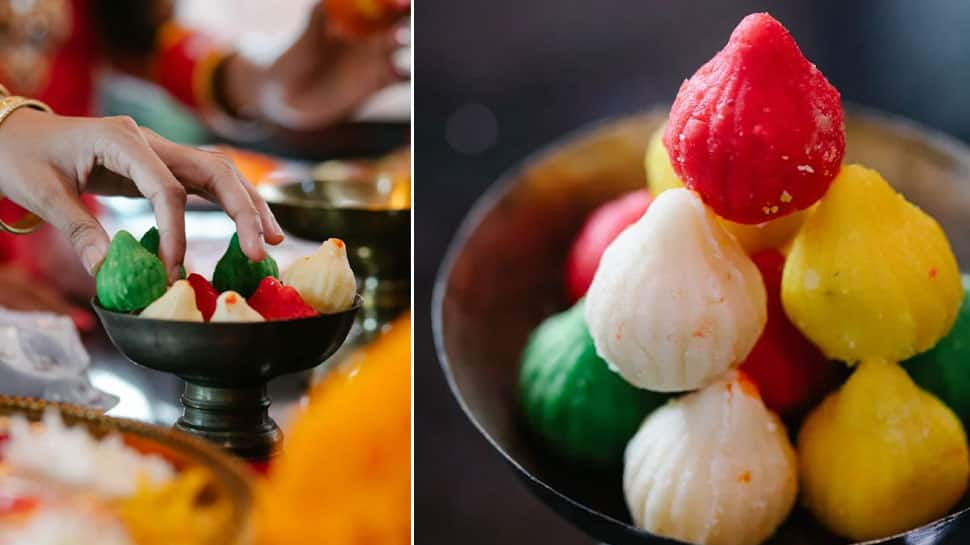
Modak is a sweet which is a favourite of Lord Ganesha. It has a special significance on Ganesh Chaturthi Puja. In the ceremony, one must make an offering of twenty-one Modaks to the deity.
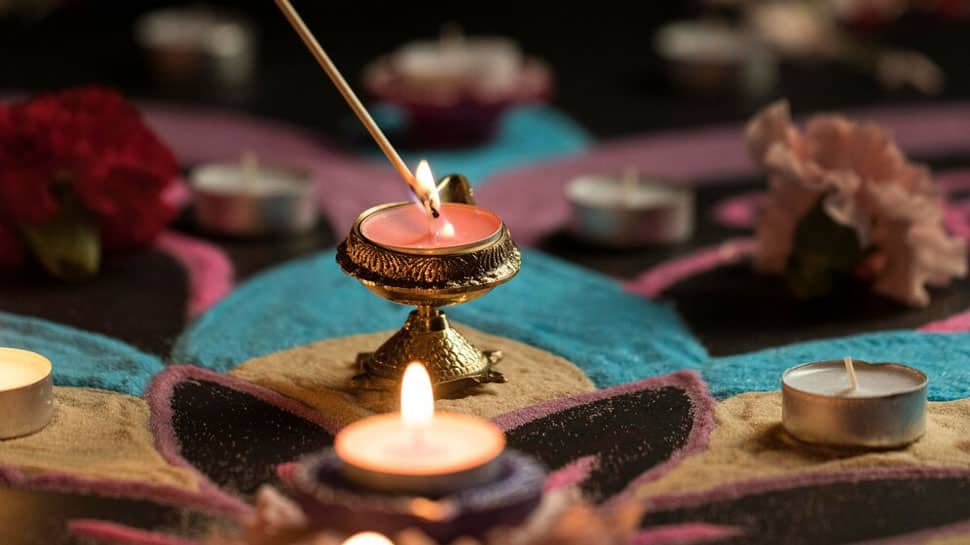
The incense is a fragrant offering to Lord Ganesha. The fragrance is supposed to be pleasing to God and has a purifying effect. The lamp bestows light and drives away the negative aura around the puja premises.
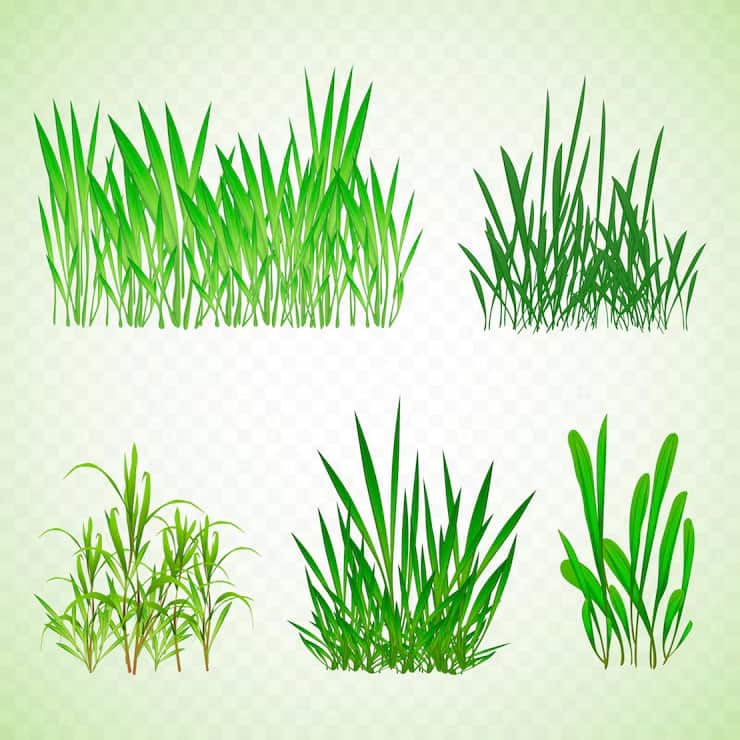
It is a symbol of prosperity for its propensity for regeneration. The grass signifies renewal, rebirth and fertility, which Lord Ganesha also stands for.

Also known as Shreefal, every part of the coconut is useful in some way. During Ganesh Pujan, it signifies Shiva's presence and is supposed to attract all the blessings from heaven. Breaking the coconut signifies breaking the hurdles in life, and Lord Ganesha—the Vighna Vinayak and Vignaharta—is worshipped for the exact same reason.
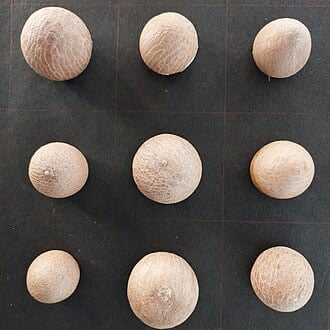
Supari or Betel nut symbolises the ego that one must offer to the gods, thereby leaving only the soft, pure qualities. It signifies our desire to receive blessings without ego.
Keep your heart, mind, body, and soul immersed in Lord Ganesha's bhakti, and you will receive his bountiful blessings.

